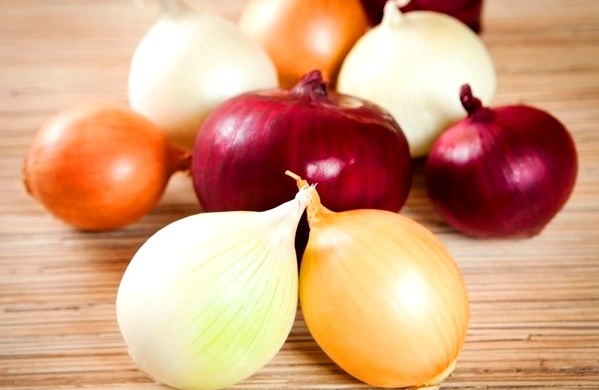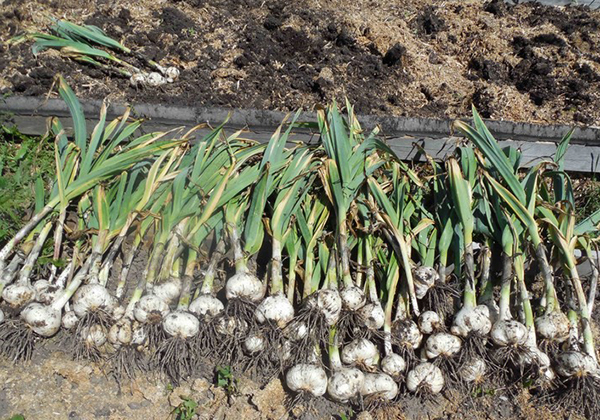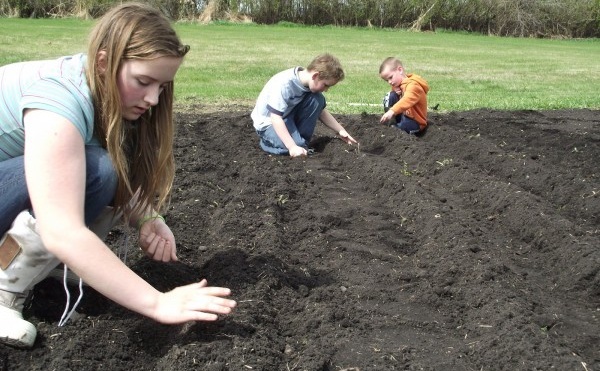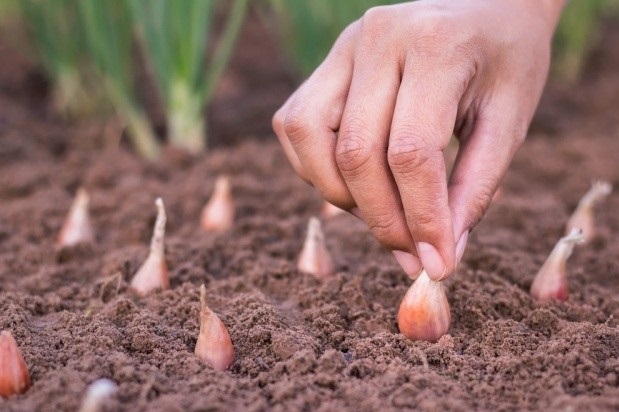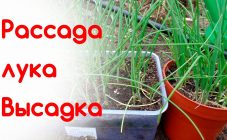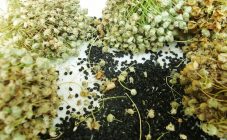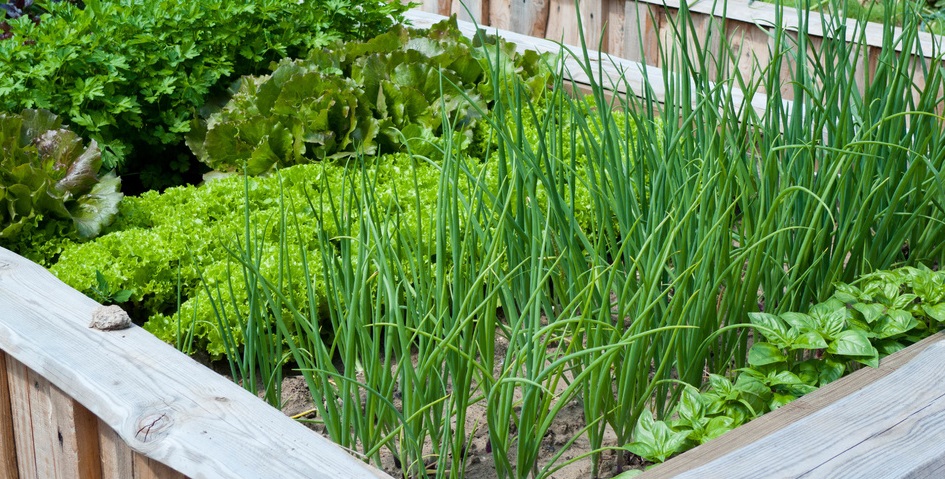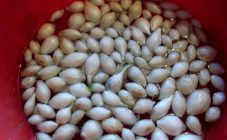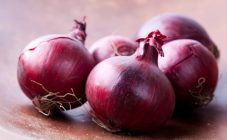Onions are a herbaceous perennial plant. There are up to 900 types of bulbous plants. They were originally common in the wild in the Northern Hemisphere. Many types of onion plants are decorative or not acquired for economic purposes. Therefore, only about 200 varieties are used for food.
The bulbs are very rich in chemical composition. They contain sucrose, fructose, pectins, organic acids, various vitamins: B1, B2, PP, C, E. The composition contains minerals: cobalt, phosphorus, copper, magnesium and calcium. Onion juice is a powerful weapon in the fight against viruses, it is recommended for people prone to colds, and for the general strengthening of the immune system. Onion plants have many uses in cooking: cutting into strips goes into salads, onion feathers are used as a spice, and onions are pickled for the winter.
The most common is onion. Currently, breeders have bred more than 100 new species of this plant, differing in size, color, taste, early maturity. Varieties behave differently, depending on the growing region.
Varieties of onions
What a variety of onions there are! The most common onion is onion. It is also called tsibula onion. Ripe fruits are hidden behind scales of gold, brown, purple or white, depending on the species. Onions are grown not only for the sake of bulb heads, but also for greens. The varieties Carmen, Danilovsky, Bessonovsky are widespread.
Shallot is one of the varieties of onions. Its second name is family. It is prized for its frost resistance. Possesses delicate sweet onion flavors and pleasant aroma. Popular shallot seeds: Ryzhik, Zvezdochka, Uralsky 40.
According to the description, the trampoline is the same onion, but with the difference that it is grown exclusively for the sake of fresh greens, because the head does not develop well. Very demanding plant: grows poorly on acidic soils, afraid of high humidity. With good care, it can bear fruit until autumn frosts. It has a long green leaf, up to 40 cm high. Common varieties: May, April, Wales.
The thickest onions are called leeks and, like the onions, are grown exclusively for feathers. This type of onion is prized for its thick (about 6 cm in diameter) stem. It is cold-resistant, has a rich chemical composition, a specific onion taste. Onions are suitable for long-term storage. If you create suitable conditions for the plant, it will be stored until spring.
It is recommended to grow chives as greens. The feather is bright green, up to 40 cm long, very thin in diameter. The bulb forms poorly. The greens of this plant are useful for improving the functioning of the cardiovascular system. Gardeners use chives as an ornamental plant because the onion looks like a flower. Known types of chives: Siberian, Early ripening, Prague.
Differences in varieties
Let's figure out what types and varieties of onions exist. Onion varieties can be classified according to many criteria: by region of cultivation, by duration of ripening, by size, taste and color.
There are three groups of onions according to the growing region:
- Central Asian group. These plants are distinguished by their small onion heads and a long growing season, up to 140 days. The color of ripe fruits is red, but there are also white, purple and orange species.Famous Asian varieties: Samarkand, Margelansky;
- Central European group. Grown in the middle climatic zone. In Russia, these are Moscow and the Moscow region, Tver, Tula, Novgorod and other cities. The color of the bulb is predominantly yellow, the size is medium - up to 130 grams. The shape is flat or round-flat. Known seeds: Kaba-Kaba, Lugansk, Siberian annual, Dnestrovsky. For Udmurtia, breeders have developed the Senchik onion variety;
- Mediterranean group. Bulbous plants of this group are characterized by a long ripening period, about 120 days. Bulbs are large, sweet or semi-sweet. Famous varieties: Spanish, Donetsk golden, Orange, Krasnodar.
By the timing of ripening, onions are:
- Early ripening - early onions, ripening period - no more than 90 days. Rapidly ripening varieties such as Strigunovsky, Alisa Greig, Bessonovsky, Kasatik, Karatalsky, Penguin and Stuttgarten Riesen are popular among gardeners;
- Mid-season - the growing season is from 100 to 120 days. Common varieties are Centurion, Sturon, Shaman, Exibishen, Senator, Azelros;
- Late - full ripening of the fetus - at least 120 days. Bulbs of varieties Standard F1, Farmer, Delight, Effect ripen later than others.
All types of onion vegetables vary in size:
- Small ones - up to 70 grams. Popular small varieties: Zolotnichek, Odintsovets, Shetana MS;
- Medium varieties - from 70 to 120 grams, such as Myachkovsky 300, Christina, Oporto;
- Large bulbs Chalcedony, Supra, Oval, Russian size can weigh over 120 grams.
All types of onions differ in taste:
- Spicy fruits contain up to 10% sugars in their composition, burning in taste. Varieties of Centurion, Hercules;
- Semi-sharp bulbs have approximately 8% sugar. Varieties Red Baron, Sturon;
- Sweet onions are 5% sugar. The sweetest variety is Exhibitive and Snowball hybrid.
By color:
- Yellow: Shtur, Bayram, Delight;
- Whites: Alba, Comet, Nevada;
- Reds: Crimson Ball, Campillo, Red Braunschweig.
It's amazing how diverse onions are.
Seed varieties of onions
Onion vegetables can be grown in different ways: by seeds (nigella), seedlings or seedlings.
With one-year cultivation, the onion is grown from seeds or seedlings. This is a rather troublesome task. The seeds are first soaked, disinfected and dried before planting. The soil is dug up and loosened before planting. Seeds are planted in open ground to a depth of 5 cm. In the process of growth, the plant needs watering, loosening and weeding. The plant requires treatment for diseases and pests.
Known varieties of onions for growing by seeds: Lincoln, Esaul, Timiryazevsky, Buran.
The most common cultivation of a turnip is by means of a set. Sevok is an onion grown from seed. The next year, this onion is planted in open ground for growing onions.
Good quality seedlings should be dry. The sowing bulb must be free from defects and mechanical damage. The average bulb size is 2 to 4 cm. Pay attention to the shape of the onion. The bulb should be free from dents, grooves and bumps.
Selected seed bulbs are placed in a warm room before sowing. The air temperature must be heated to 40 degrees.
After warming up, the seedlings are disinfected by soaking in a manganese solution. Thanks to this procedure, parasitic bacteria are destroyed.
Planting in open ground occurs to a depth of no more than 3 cm. To obtain high-quality onions, the soil must be loose and moist.
The advantages of sevka as a growing material are obvious:
- Getting a crop in a short time;
- The plant is less susceptible to the negative influence of weeds;
- Easily tolerates lack of moisture;
- The quality of the crop is much higher.
The most popular among experienced gardeners and gardeners are the Sturtgarten Riesen and Sturon varieties.
Sturon is considered one of the best hybrids bred by breeders. The hybrid is mid-season, which makes it easy to grow it both in the south and in the north. He is not afraid of cold weather. The taste is spicy and sweet. The average weight of a ripe fruit reaches 200 grams.
Sturtgarten Riesen predecessor of Sturon. It was very popular before the advent of hybrid varieties. The Sturtgarten can be harvested in May - June. The weight of one onion head is from 100 to 150 g. The taste is medium-sharp and juicy.
The assortment of sets is huge. You need to find a suitable variety.
